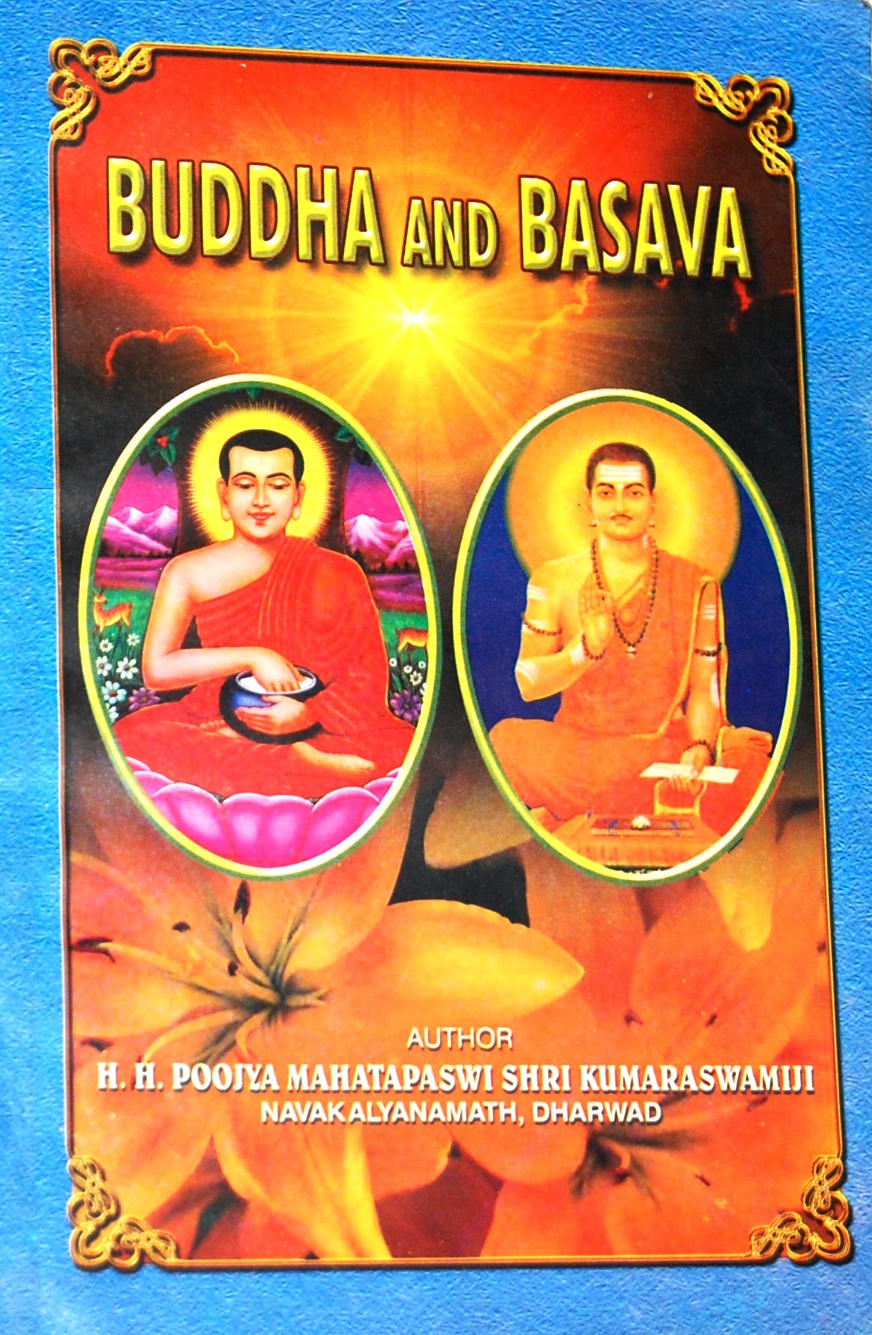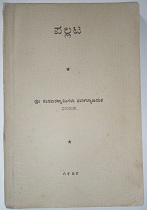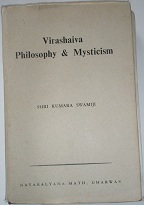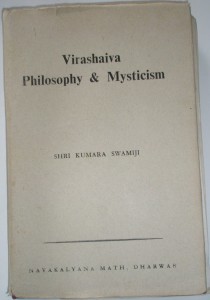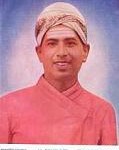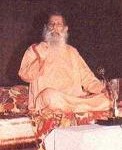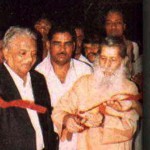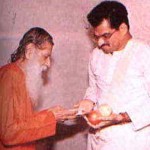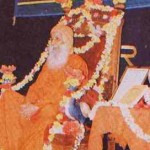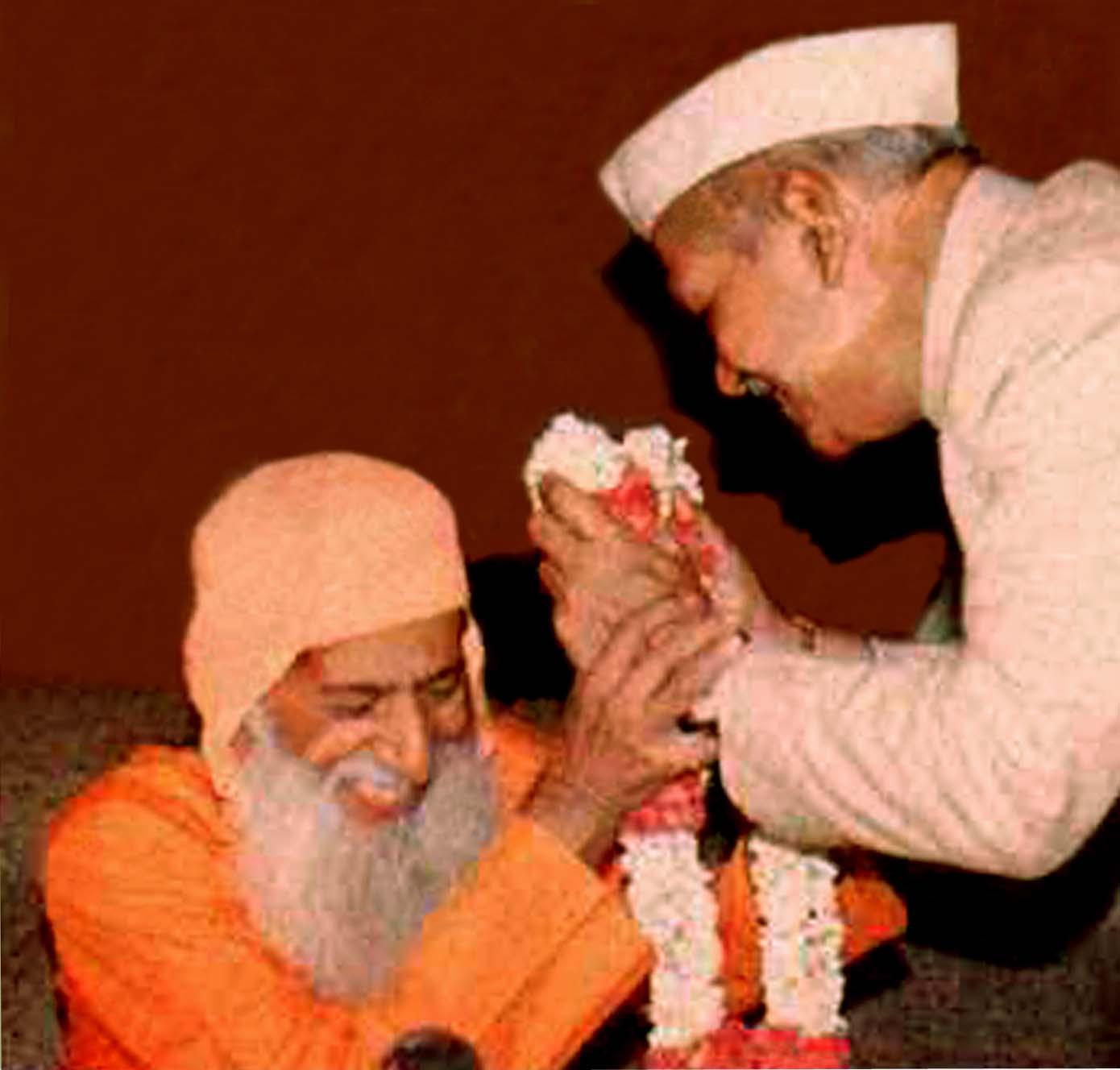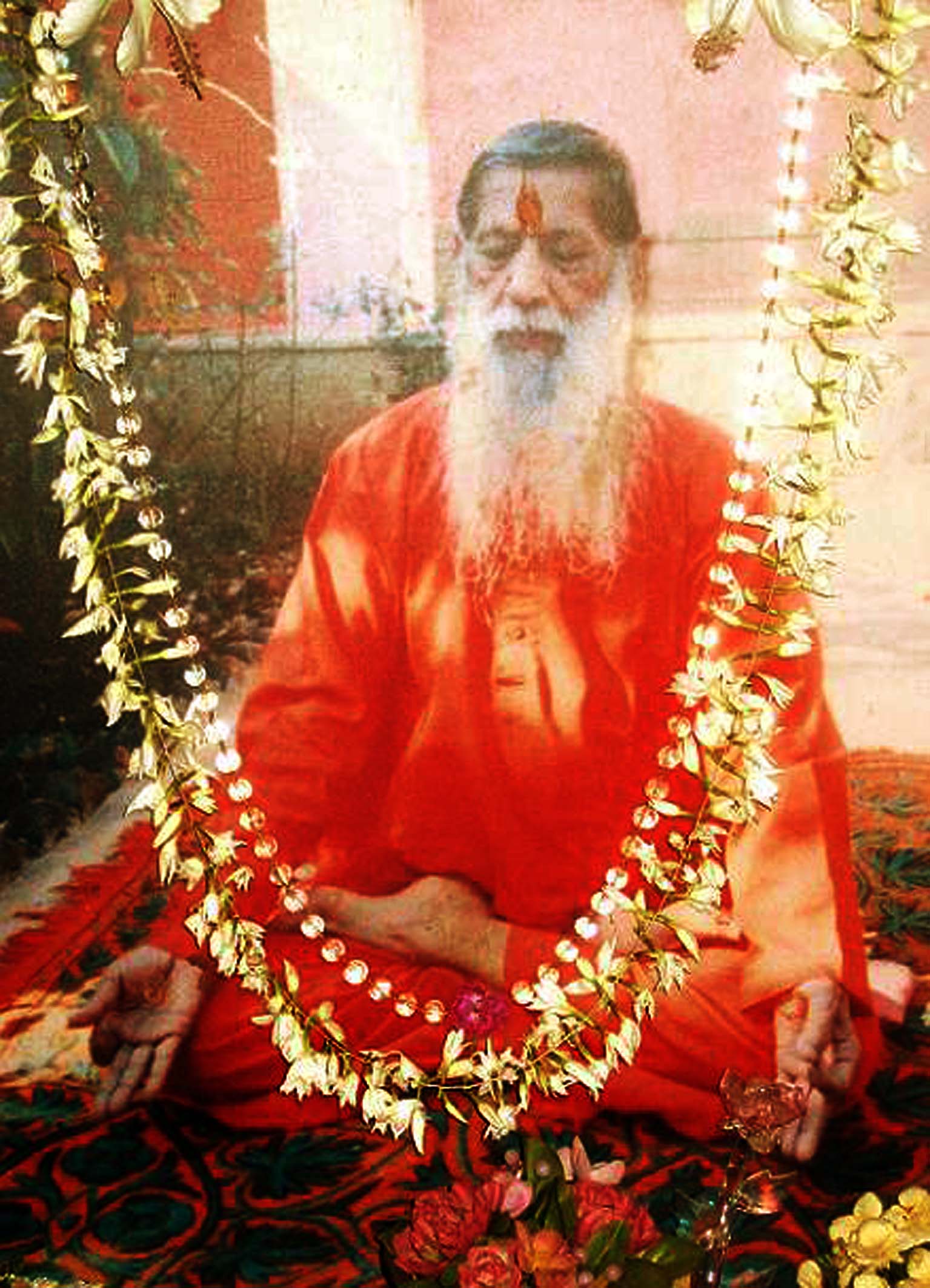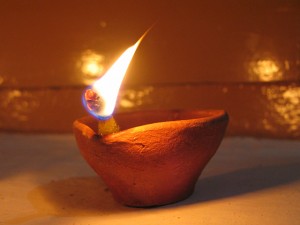There is a necessity for Sharana to acquaint himself with the transcendent Will if he is to identify with the main-spring of life and existence. When the channel of communication is established between the individual and transcendent Will, then the status of Aikya becomes truly established. Then alone, he can realize that behind the cosmic will lies the transcendent will which is a spontaneous movement in pure delight. Because of this spontaneous movement, the Aikya can withdraw into silence or if he wills, he can pour himself into the stress. If he is alive to the dignity of silence, he is equally alive to the dignity of life. Many a time the description of Aikya or Aikya sthala is given in negative terms. But the truth is that the Aikya sthala represents the state of void or the shunya which is the negation of all desires, but also the state of purna or perfect resulting in the fulfilment of all aspirations.
Psychology is the science of mind or in Indian terminology it is the science of Anthahkarana which is a complex of mind, ego and intellect. Psychology is the introspection or the inner observation of the psychic process. The Sankhya admits three modes of Anthahkarana, namely, manas, ahamkara and mahat. The Vedanta admits four, the above three and Chit. Shaivism admits five – the above four and Jnana. Veerashaivism admits six: Chit, Buddhi, Ahamkara, Manas, Jnana and Bhava. According to Veerashaivism the psychic apparatus is sixfold and its nature and functions are not conducive to the spiritual growth. Hence, they have to be transformed. The aim of Satsthala is to transform the wild psychic force into the mild mystic grace.
Shata-sthala – Six Stages of Evolutionary Consciousness
First in the order of sixfold psychic apparatus comes Chit, the heart. Chitta shuddhi or the purification of the heart is the first essential condition of the mystic pilgrimage. Heart is the seat of emotions. The emotions are of two kinds: natural and artificial. Love is natural, for it proceeds from knowledge and tends to endure in the evolution. Hatred is a Vikara or distortion caused by ignorance. So courage is natural, fear is distortion. Compassion is natural, repulsion or disgust is a distortion. Those that are natural such as love, courage, compassion and truth are noble aspirations. The fostering of such noble aspirations is known as Suchitta. He who has accomplished this Suchitta is termed Bhakta.
The second in order is Buddhi or intellect. The intellect of an ordinary man is dominated by ignorance and attachment. So the natural functions of Buddhi are ascertainment and decision which are lost. The clarity of intellect known as subuddhi is the characteristic of Mahesha. In the Mahesha sthala there is an intellectual appreciation of God along with the practice of moral virtues.
The third in order is ego or Ahamkara. The function of Ahamkara is the feeling of I and mine. It is on account of Ahamkara that the self considers itself to be an agent or a cause of action. Next there is an appropriation of those objects as belonging to and intended for me. Ahamkara is just this sense of the self as I and of objects as mine. But the characteristic of Prasadi is egolessness or nirahamkara which the Prasadi accomplishes by surrendering the sense of I and mine to the Divine Will. The surrender brings with it the detachment from sense of agency, and allows the divine power to work out through the Prasadi. By the removal of self-sense and dedication of his will to the Divine, the Prasadi allows the parts of his being to be vivified and reinforced. He is no longer the worker, the divine power works through him. This detached position is the characteristic of the Prasadi sthala, which is necessary to still the movement of mind.
The fourth in order is manas or mind. Mind is the central organ which governs the five organs of perception, namely sight, hearing, smell, taste and touch. The real organs are not the perceptible external organs like eyeballs, earholes, skin etc. There are certain imperceptible powers in these perceptible end-organs, which apprehend physical objects, and are therefore to be regarded as the organs or Indriyas proper. As such an Indriya cannot be sensed or perceived, but must be known by inference. The mind is the central organ which partakes of the nature of the organs of both knowledge and action. Without the guidance of mind neither of them can function in relation to their objects. The mind is a very subtle and swift organ, but its subtlety and swiftness are marred by the intrusion of sensations and impressions. The avowed aim of the Pranalingi-sthala, the fourth in order of the Satsthala, is to awaken the latent power of mind by giving a decent burial to the sensations and impressions, which often intrude as unwelcome strangers. When once the latent power in the mind is awakened, it becomes so sensitive and accurate that it begins to see things more perfectly and minutely than before. Consequently it begins to appreciate colours, forms and sounds in a way it never did before, and to catch the essential quality and motions of thing the moment it becomes aware of it. In Yoga shastra this is known as Prakamya – the absolute and sovereign activity of the Indriya or mind. The Pranalingi achieves this Prakamya, or sumana by the meditation of inner light and gazing upon Ishtalinga.
The fifth in order is Jnana or knowledge; it is not mere scientific knowledge or philosophic knowledge but it is spiritual knowledge or sujnana which reveals the secrets of typal world or Karana sristi. This sujnana or the spiritual knowledge is the characteristic feature of the Sharana sthala. He who has accomplished this spiritual knowledge is termed Sharana. In the Prasadi sthala, a way is paved for the position of the detached observer, and this position is necessary not only to quell currents of life, but to awaken the finer currents of the soul. Detachment dispenses with the notion of an active self-sense which fastens the soul to the wheel of Karma. The ingress of the Divine Energy in Sharana who keeps open his entire being to it, effects a complete change in his life. The Chit-shakti or the divine power displaces the agency of Sharana who now becomes not only the onlooker of the divine play but also the active worker. The work of a Sharana is no longer the work of an ordinary man. Man’s freedom is the freedom of agency but Sharana enjoys divine freedom which is the freedom of expression. Sujnana is not incompatible with Satkriya. Knowledge is not opposed to action. Since Sharana forgoes the egoistic and karmic formations, he can feel the stress of the dynamic divine, enjoy the delight of the spontaneity of cosmic movement and realize the divine freedom. In this freedom, the harmony of knowledge and action is affected, and Sharana sthala is an effective symbol of this harmony.
The sixth in order is Bhava or Will. Will is a Supreme fact in Veerashaivism and in Agamic philosophy. Will is superior to Jnana or intuition. By Will is meant here neither the individual will which is mostly an irrational striving nor cosmic Will which is predominantly purposive. But Will denotes the transcendent Will, which moves in the sphere of luminous silence, in the atmosphere of supreme awareness. It is this transcendent Will which goes by the name of Sadbhava, and which forms the characteristic feature of the Aikya sthala. The individual Will and cosmic Will always seek guidance from the transcendent Will, for in it is truly revealed the free existence. Hence, there is a necessity for Sharana to acquaint himself with the transcendent Will if he is to identify with the main-spring of life and existence. When the channel of communication is established between the individual and transcendent Will, then the status of Aikya becomes truly established. Then alone, he can realize that behind the cosmic will lies the transcendent will which is a spontaneous movement in pure delight. Because of this spontaneous movement, the Aikya can withdraw into silence or if he wills, he can pour himself into the stress. If he is alive to the dignity of silence, he is equally alive to the dignity of life. Many a time the description of Aikya or Aikya sthala is given in negative terms. But the truth is that the Aikya sthala represents the state of void or the shunya which is the negation of all desires, but also the state of purna or perfect resulting in the fulfilment of all aspirations.
Closely connected with this psychological aspect, is the theological aspect. Veerashaiva theology maintains that the ultimate Reality is styled sthala. It becomes divided into Anga and Linga – the individual soul (Pratyagatma) and the universal soul (Paramatma) These two again undergo a threefold modification each. Thus we have three forms of Anga namely Tyaganga, Bhoganga and Yoganga corresponding to the three forms of Linga termed Ishta, Prana and Bhava. Then threefold modifications become twofold each. Thus Ishtalinga becomes Acharalinga the practical and Gurulinga, the perceptive. Pranalinga becomes Shivalinga the auspicious and Charalinga, the dynamic. Bhavalinga becomes Prasadalinga, the gracious and Mahalinga, the great. Likewise, Tyaganga becomes Bhakta, who is characterized by a state of faith, Shraddha-bhakti in Acharalinga. This is the Bhakta sthala. Mahesha is characterized by firm faith, nistha-bhakti in Gurulinga; this is Mahesha sthala. Bhoganga becomes prasadi who is characterized by a state of undivided attention, Avadhana Bhakti to Shivalinga; this is Prasadi sthala, and when it becomes pranalinga characterized by a state of experience (anubhavabhakti) of charalinga, it is Pranalinga sthala. Yoganga becomes Sharana who is characterized by a mode of pure delight, Ananda-bhakti derived from the contemplation of Prasadalinga. This is Sharana sthala. Aikya is characterized by a state of identity, Samarasabhakti with mahalinga, the great. This is Aikya sthala.
This article – Sat-Sthala – Psychological Aspect – is taken from H.H.Mahatapasvi Shri Kumarswamiji-s book, ‘Prophets of Veerashaivism’.











